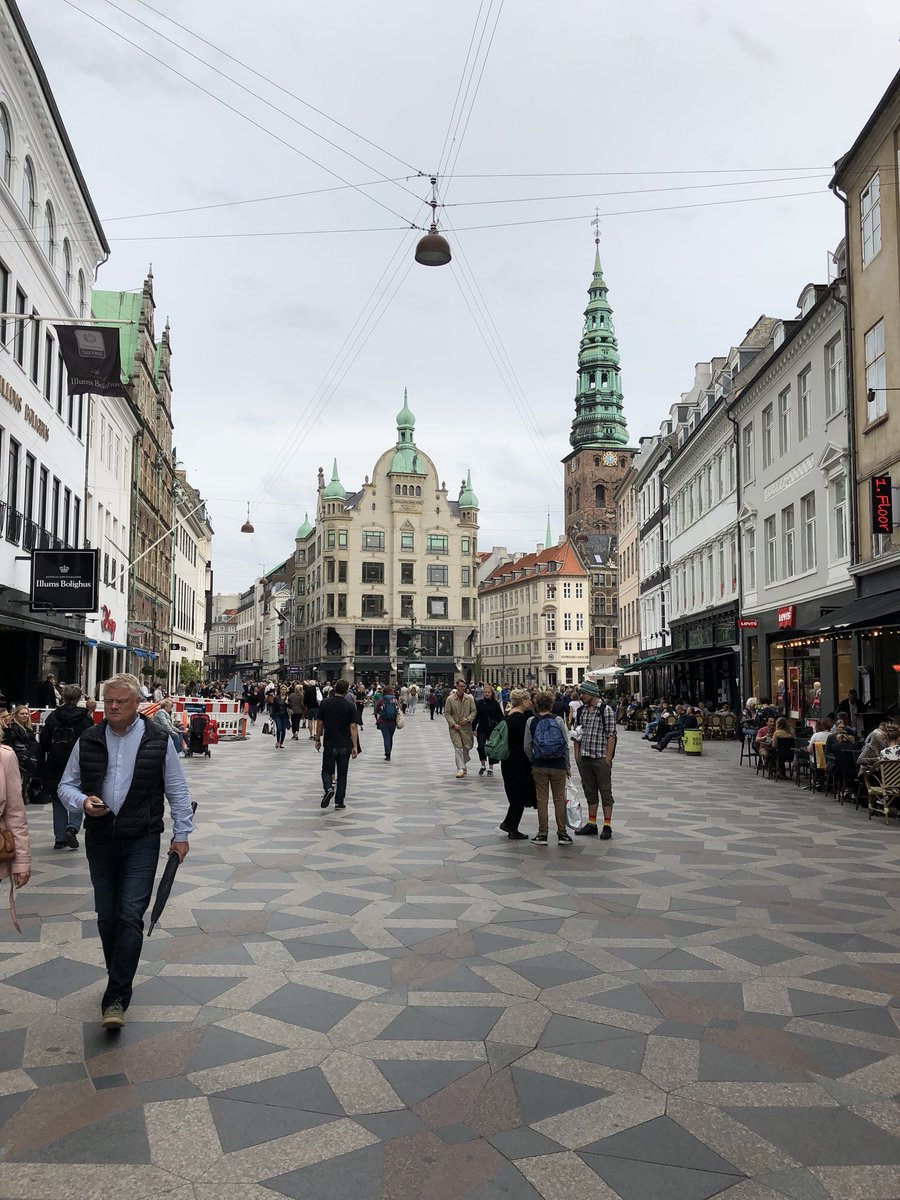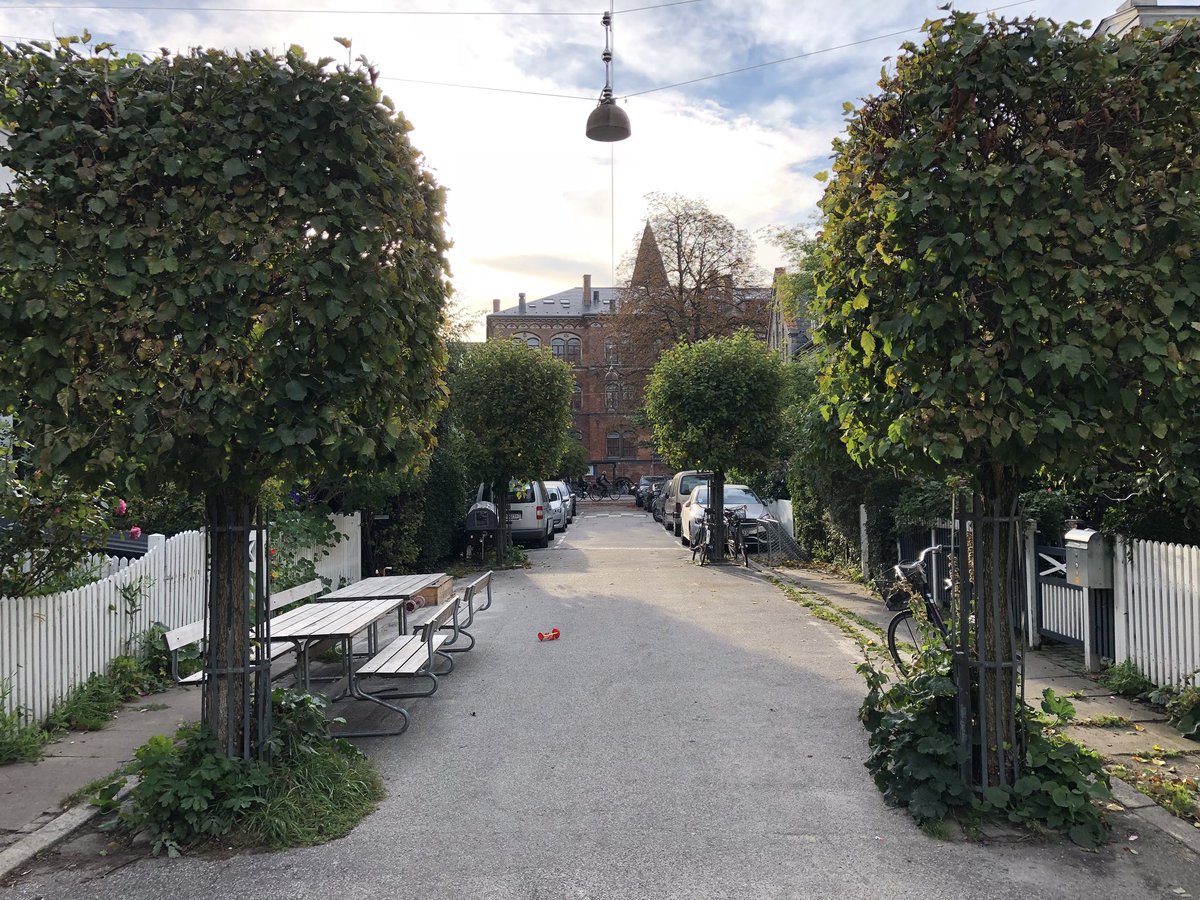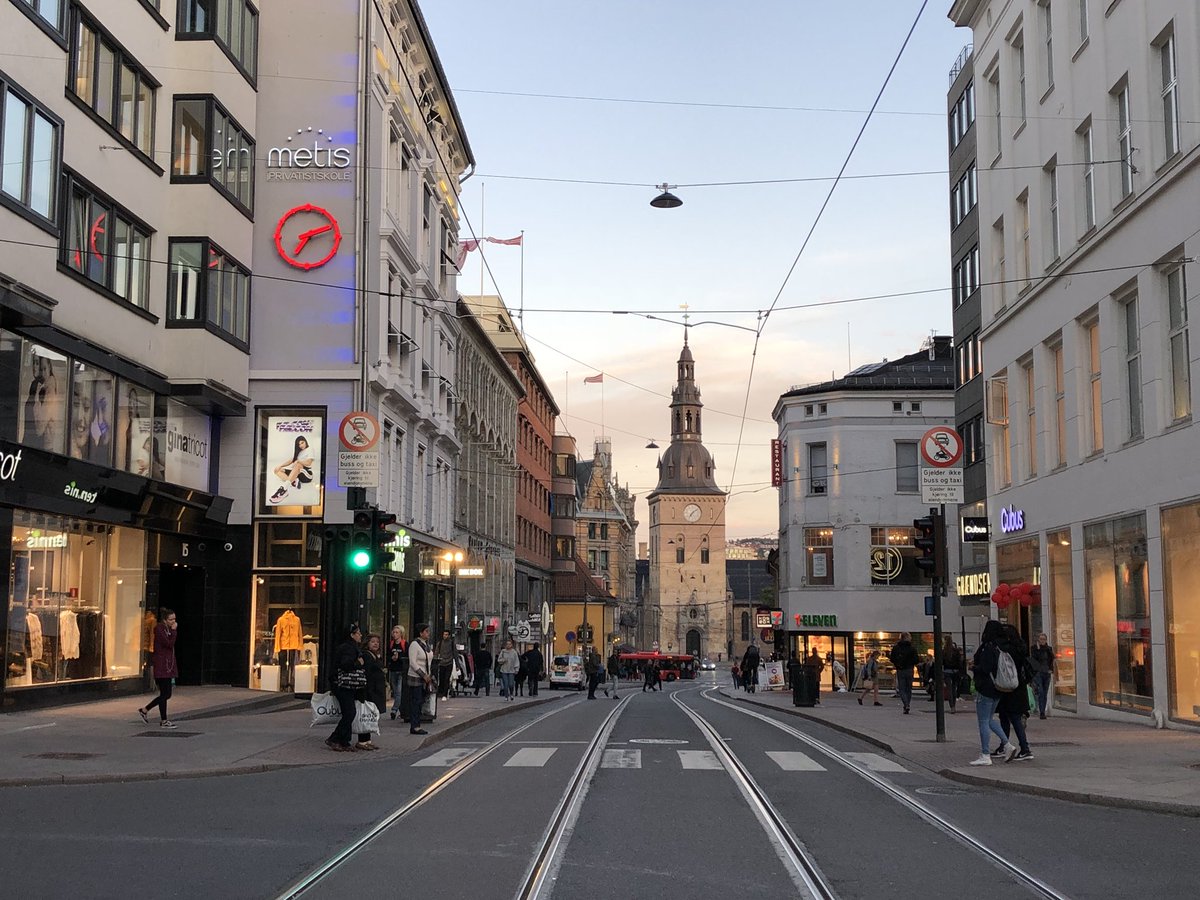Managing Speed,” a new report released by the World Health Organization (WHO) that addresses the dangers of excessive or inappropriate speed.
“Speed is at the core of the global road traffic injury problem,” Dr. Margaret Chan, Director-General of the WHO, said in a statement. “If countries were to address just this key risk, they would soon reap the rewards of safer roads, both in terms of lives saved and increases in walking and cycling, with profound and lasting effects on health.”
The report, which corresponds with the
Fourth UN Global Road Safety Week being held from May 8-14 2017, offers guidelines to help manage the threat posed by speed. These include: building or modifying roads to include features that calm traffic, like roundabouts and speed bumps; establishing speed limits that are appropriate to the function of each road; installing in-vehicle technologies in new cars, like intelligent speed assistance and autonomous emergency braking; and improving enforcement.
The reported noted that a 5% cut in average speed can result in a 30% reduction in the number of fatal road traffic crashes, and pedestrians have a 90% chance of survival if hit by a car travelling at a speed of 30km/h (about 19 mph) or below, but less than a 50% chance of surviving an impact of 45km/h (about 28 mph) or above. And drivers who are male, young and under the influence of alcohol are more likely to be involved in speed-related crashes.
Road traffic fatality rates are nearly three times lower in Europe compared to Africa, the report said, and countries that have had the most success in drastically reducing rates deaths and injuries in recent decades – including Netherlands, Sweden, and the United Kingdom – have addressed the issue holistically by prioritizing safety in speed as well as with roads and roadsides, vehicles, and road users.
The benefits of reducing speed have a ripple effect, the report notes, as cities transform into more livable places: more people walk and bike and there are reductions in air and noise pollution, which have positive health benefits on rates of cardiovascular disease, cancer, diabetes and other noncommunicable diseases.
Hundreds of events to commemorate the week are being held around the world to draw attention to the dangers of speed as a leading risk for road traffic deaths and injuries.
To access the report and other materials, click
here and
here.









